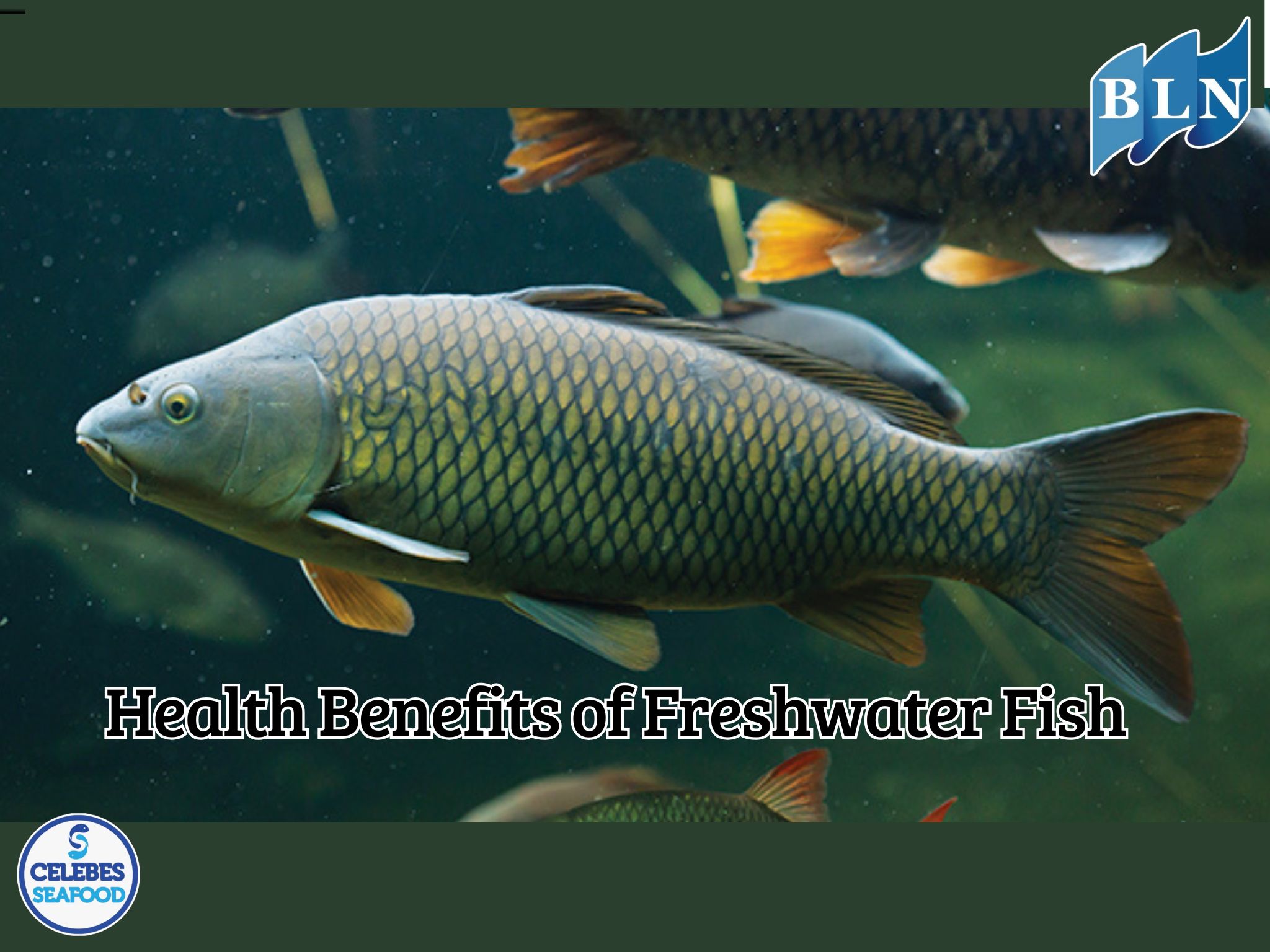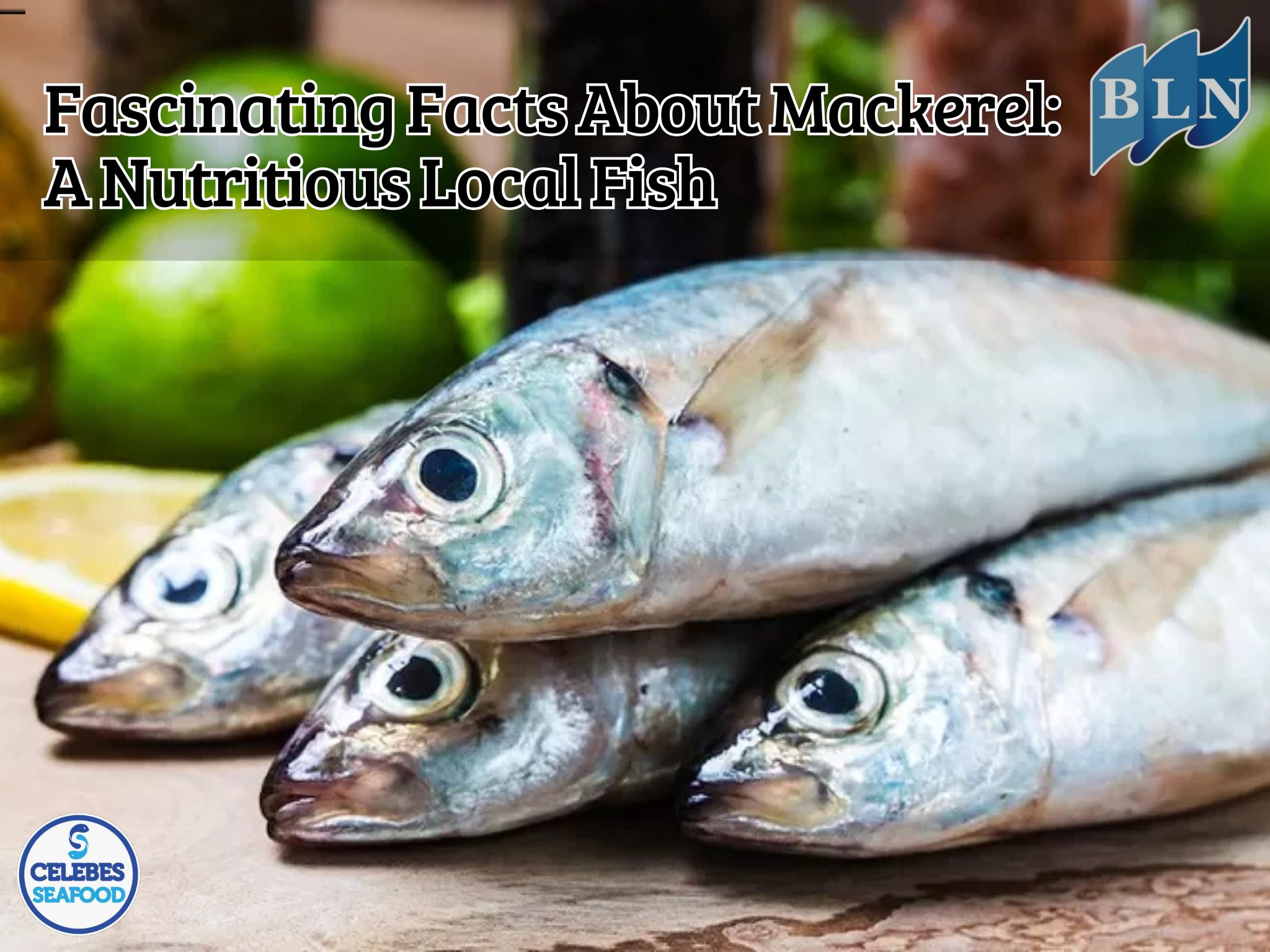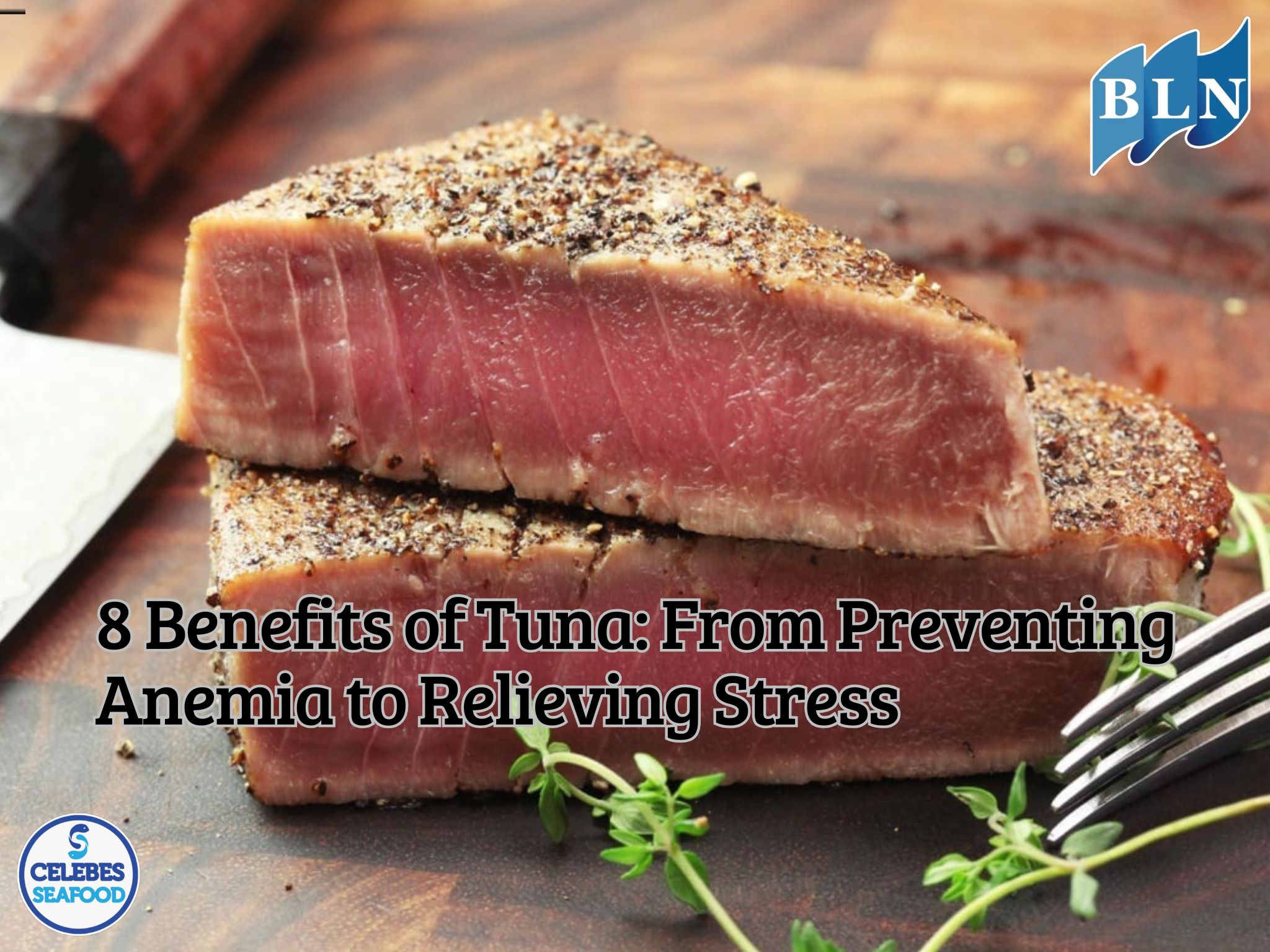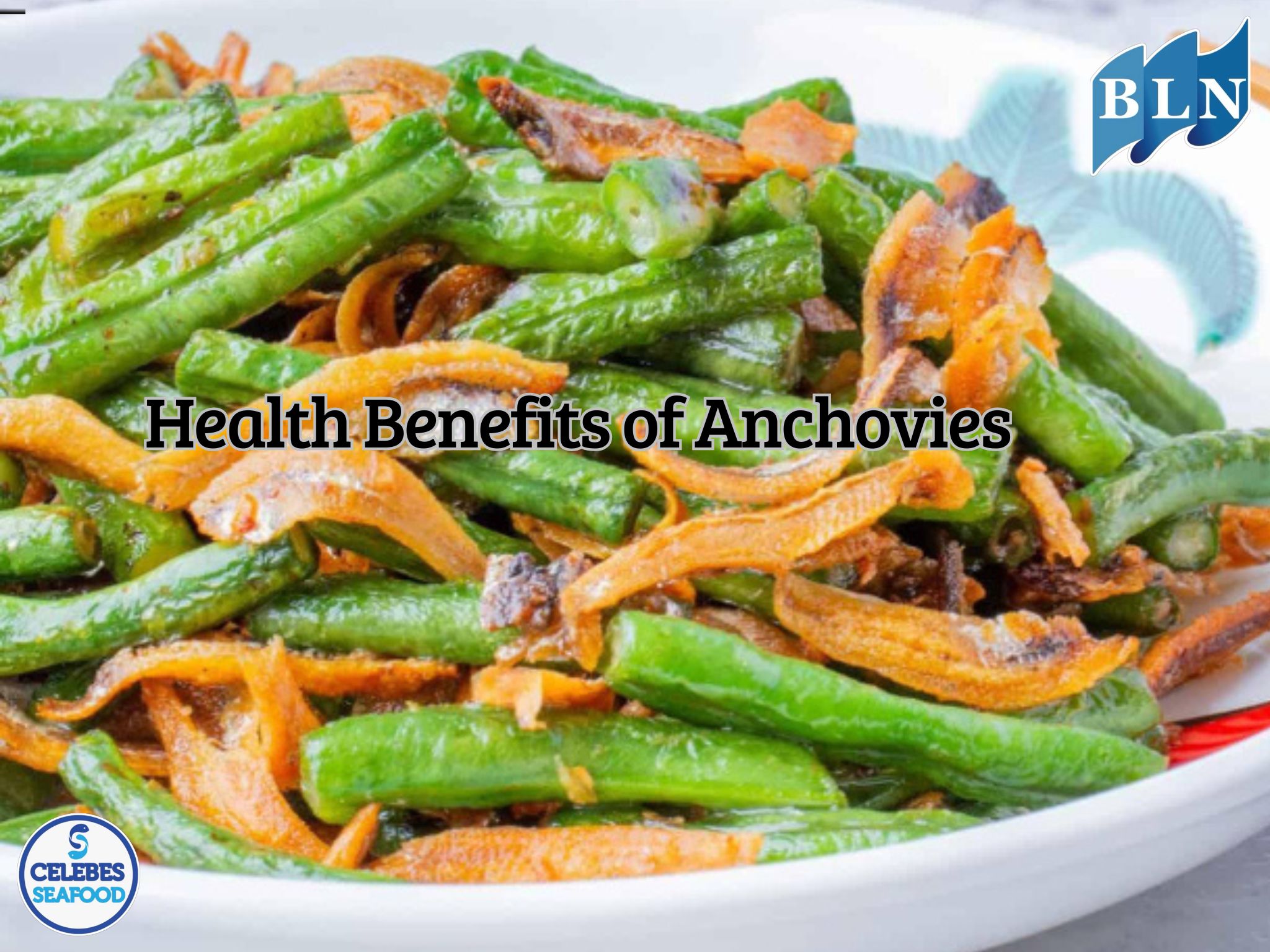The Impact of Climate Change on Mangrove Crab Populations and Habitat
By. Edi - 26 Jul 2025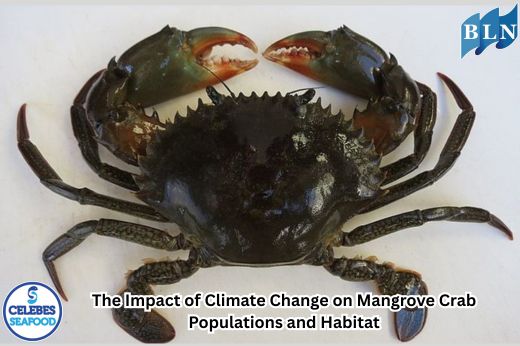
lautnusantara.com Mangrove crabs (genus Scylla) are an important fishery commodity in Indonesia and many other tropical countries. Their survival depends heavily on healthy mangrove ecosystems, which serve as their primary habitat for shelter, foraging, and breeding. However, global climate change now poses a serious threat to the survival of mangrove crabs and the ecosystems they inhabit.
A. Threats to Mangrove Habitat
Mangrove ecosystems play a crucial role as natural buffers for coastlines, protecting them from abrasion, erosion, and the impacts of extreme waves. Mangroves also function as effective carbon sinks, helping mitigate climate change. Unfortunately, climate change threatens the sustainability of mangrove forests in several ways:
- Sea Level Rise: Rising sea levels can submerge mangrove areas and reduce the habitat available for mangrove crabs. Mangroves have a limited tolerance for waterlogging, and if waterlogging is prolonged or too deep, their growth will be disrupted.
- Storms and Extreme Weather: The increased intensity and frequency of storms due to climate change can physically damage mangrove structures, uprooting trees and eroding the sediments on which they grow. This directly reduces the protective and feeding areas for mangrove crabs.
- Coastal Abrasion and Erosion: Sea level rise and stronger waves cause severe coastal erosion, destroying coastlines and the mangrove ecosystems that serve as their first line of defense.
- Changes in Salinity and Water Temperature: Changing rainfall patterns and rising sea temperatures can alter the salinity and temperature of the water surrounding mangrove ecosystems. Mangrove crabs have a limited tolerance for these environmental conditions, and drastic changes can cause stress, stunted growth, reproduction, and even death.
B. Impact on Mangrove Crab Populations
Mangrove habitat destruction directly impacts mangrove crab populations. Decreased habitat quality and quantity will result in:
- Population Decline: With the loss of shelter from predators and fertile feeding areas, mangrove crab populations in the wild will decline drastically. Several reports have already indicated a slowdown or even a decline in mangrove crab production in some areas.
- Life Cycle Disruption: Mangroves are where mud crabs lay eggs and where juveniles grow. Habitat destruction disrupts the crabs' reproductive cycle, reducing the number of surviving juveniles, and ultimately, reducing future crab stocks.
- Decreased Fishermen's Catch: For coastal communities dependent on mud crab fishing, this population decline means reduced income and threatens their livelihoods. Fishermen are forced to work harder with increasingly smaller yields.
- Increased Fishing Pressure: As wild populations decline, fishing pressure tends to increase due to the same effort required for less yield. This exacerbates the situation for wild populations.
C. Conservation and Adaptation Efforts
To address the impacts of climate change, several conservation and adaptation efforts are necessary:
- Mangrove Restoration and Rehabilitation: Replanting mangroves on damaged or degraded land is crucial. Rehabilitation programs must be sustainable and involve the participation of local communities.
- Sustainable Management: Implementing strict mud crab fishing regulations, including catch size restrictions and protecting spawning females, is essential to maintaining population sustainability.
- Aquaculture Development: Encouraging environmentally friendly mangrove crab cultivation, such as silvofishery systems (integrated cultivation with mangroves), can reduce fishing pressure in the wild and ensure stock availability.
- Public Education and Awareness: Increasing public awareness of the importance of mangrove ecosystems and the impacts of climate change on mangrove crabs will encourage active participation in conservation efforts.
- Research and Monitoring: Further studies on mangrove crab adaptation to environmental changes and regular population monitoring are vital for formulating more effective conservation strategies.
Protecting mangrove ecosystems and the sustainability of mangrove crab populations is not only about species conservation, but also about maintaining ecological balance and the economic sustainability of coastal communities. Climate change demands immediate and collaborative action from various parties.
If you are interested in our Coral Trout Fillet Skin On, CORAL TROUT WGG WHOLE GILLED GUTTED, TOMATO COD WHOLE GILLED GUTTED please do not hesitate to contact us through email and/or whatsapp.

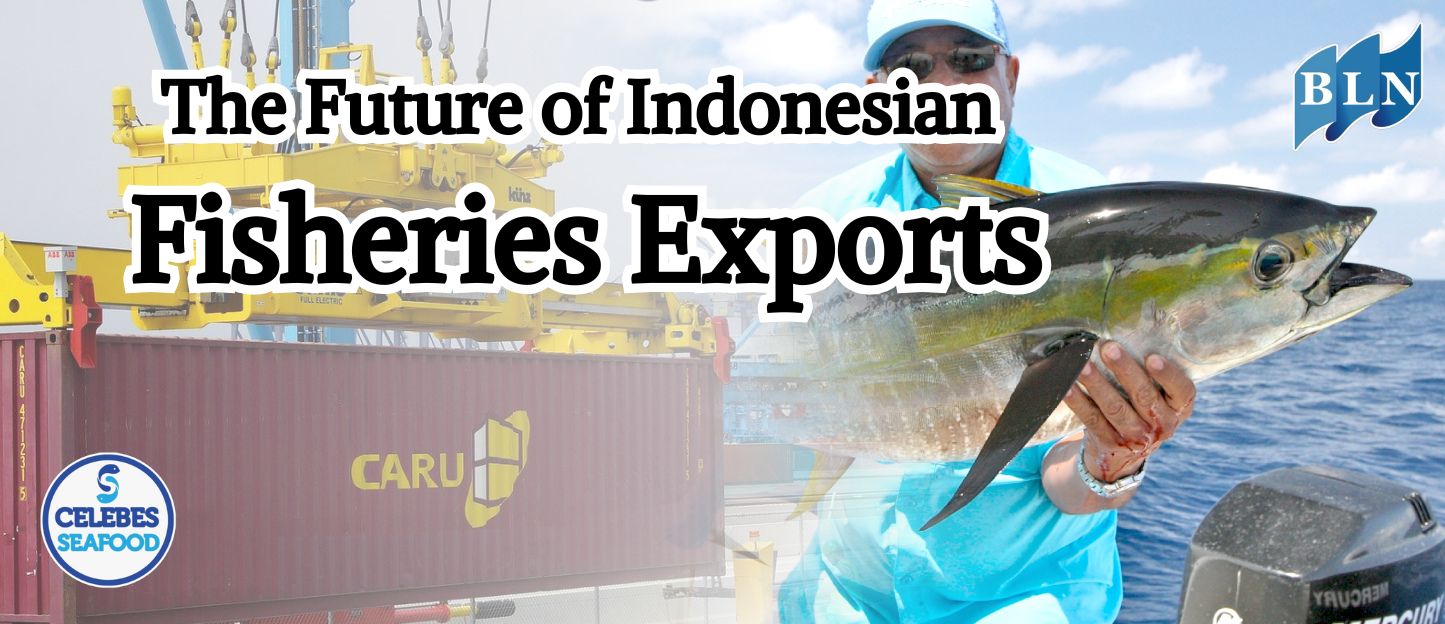
.jpg)
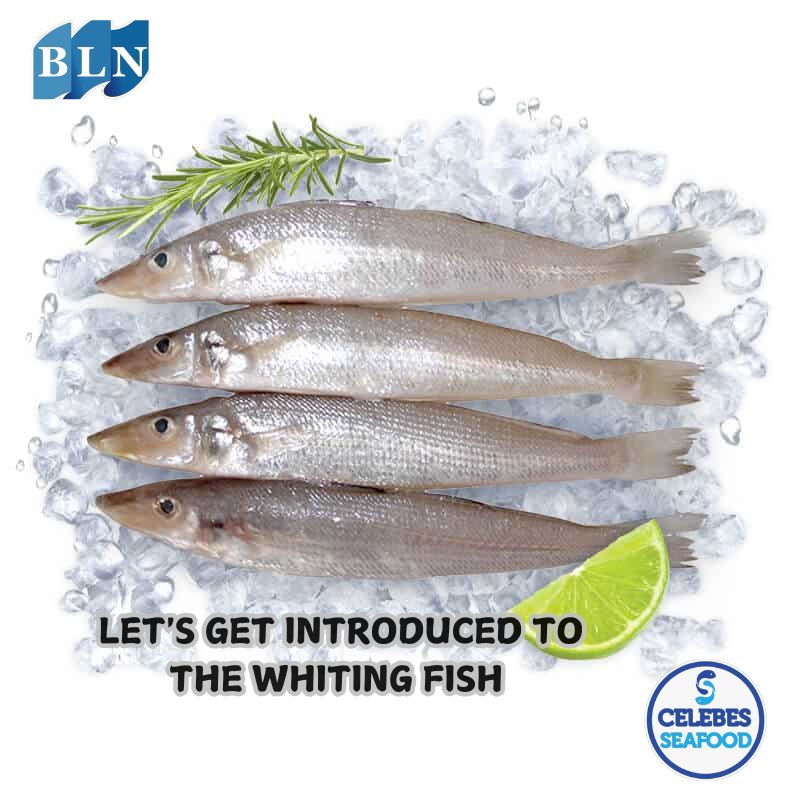
.png)
